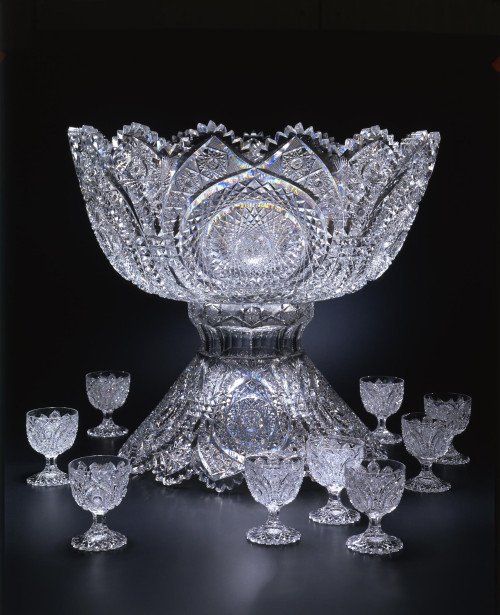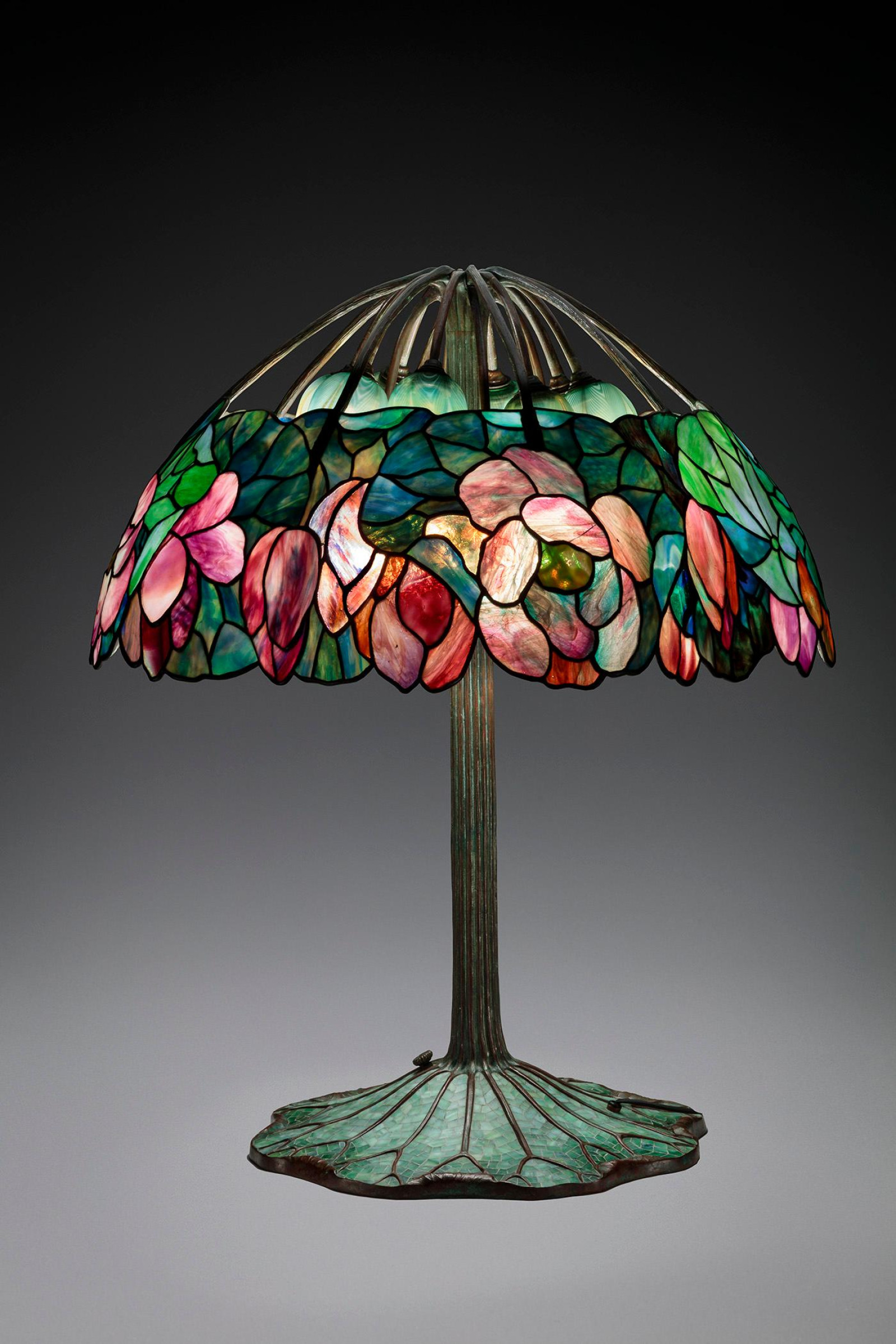The glass objects at the Toledo Museum of Art comprise one of the most comprehensive and historically significant collections dedicated to the medium in the world. Works have been continuously acquired, studied, conserved, published, and exhibited, and our collection’s creation and growth are as unique as the Museum itself.
TMA’s art collection was formed first and foremost to provide aesthetic education for the people of the city and northwest Ohio. The historic glass objects, more specifically, were also to serve as models and inspiration for the designers and craftsmen employed in the flourishing local glass industry.
A Rich History of Glass
Toledo’s image as the Glass City of the United States was firmly established by the time of TMA’s founding in 1901, based on a spate of inventions across the glass industry—bottles, window glass, tableware, windshields, and construction materials. Glass industrialist Edward Drummond Libbey spearheaded the initiative to improve the education of local craftsmen and designers by assembling a model glass collection, as well as promoting training, competitions, and exhibitions of new work. In 1913 Libbey purchased the first of several significant glass collections. The group of 53 European Renaissance and Baroque glasses came from the estate of German publisher Julius Heinrich Wilhelm Campe. With this purchase, the Museum acquired the most important historic European glass collection in the United States at the time, and many of the rare objects remain the only examples of their kind in the country.
By the early 1920s, Toledo’s glass collection ranked with the most important repository of the material in the United States at the Metropolitan Museum of Art.
Libbey continued to acquire systematically formed collections of high repute from both abroad and from the U.S. His desire to document the history of American glass from the 17th century onward was at the time remarkably forward-looking. Until the beginning of the 20th century, American-made glass was generally viewed as inferior to its European counterparts in both design and execution and only recently deemed worthy of serious study and collecting.
Glass at TMA Today
Today, TMA’s American glass holdings rank among the principal collections in the field, with objects of exceptional quality and historical importance.
Since the 1970s, works of art in glass continue to be added judiciously to the collection by purchase and through the generosity of donors. In recognition of the Toledo Museum of Art’s role as the cradle of the Studio Glass Movement, many artists and collectors have donated works of art.
With the opening of the TMA Glass Pavilion in 2006, Toledo acquired a state-of-the-art facility to house, care for, study, and display its renowned glass collection.
Glassblowing Demonstrations
Visit the Toledo Museum of Art's Glass Pavilion hot shop to watch a piece of art in glass take shape before your eyes. Each demo is approximately 45 minutes. Objects are available for purchase after the experience!

